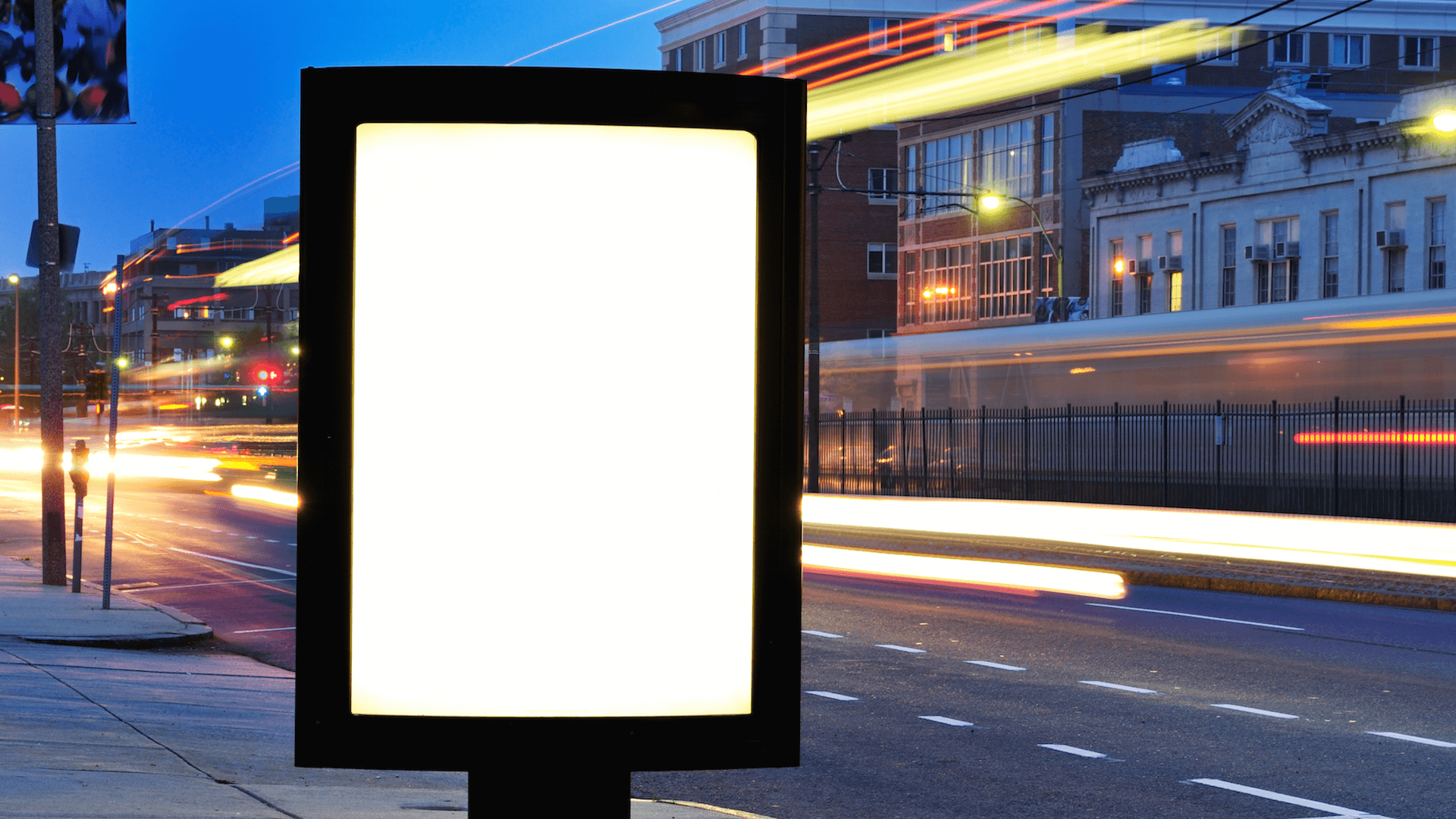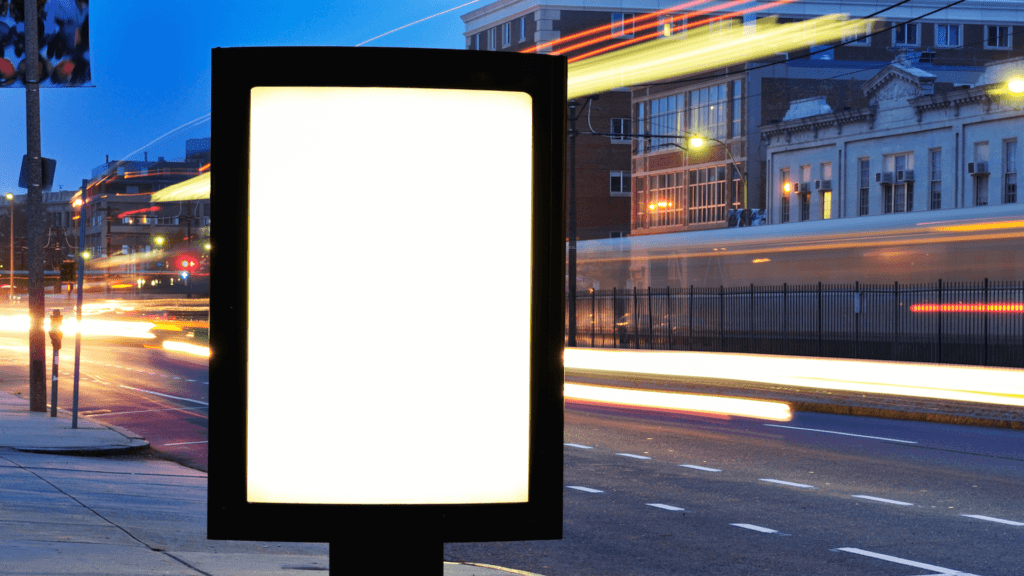
A year ago this month, AdQuick launched one of the first self-service platforms for outdoor ad inventory, including static displays as well as electronic billboards and screens in bus stations or subways.
Bringing those outdoor screens into the digital ad ecosystem of buying and delivering ads is one thing. Today, the Santa Monica, California-based firm is launching a suite of tools intended to help solve the other part of the challenge — measuring impact.
CEO and founder Matthew O’Connor told me that most of these capabilities were available in manual or alpha self-serve versions over the last year, but now they can be implemented by brands themselves through AdQuick’s dashboard:
- API integration with Google Analytics measures the increase in visitors from a particular ZIP code to the brand’s website. ZIP code is determined by IP address lookup.
- API integration with Google AdWords similarly tracks cost-per-click by area, with lower CPCs representing Google’s assessment of a higher relevancy of the ads to a search term. For instance, more users in a given ZIP code might click on the brand’s ad following a search for “nearby amusement parks” because a digital billboard in that ZIP code showed images for nearby ABC Amusement Park.
- Social Media Image Recognition, which looks for Instagram or Twitter photos of the campaign images on a digital billboard.
- Shortcodes show up on bus or subway stop screens and suggest that passersby might, for instance, text “cola” to a given number to get a coupon for a free soda.
- Geo-Fenched Mobile Ads serve in-app ads through a partnership with GroundTruth to smartphone users within the targeted latitude/longitude of a given outdoor screen. The resulting engagement by those users, such as clicks or swipes on the ads, is taken as a meaningful impact from those outdoor displays.
- Geographic online surveys, conducted for AdQuick by Survata, track brand awareness among respondents in given ZIP codes, as indicated by IP addresses. The respondents might be visitors to a participating website, who are greeted by a request to fill out a survey.
- And Movement Tracking, with an unnamed partner that measures uplifts in foot traffic to given businesses, such as quick serve restaurants. O’Connor says the users are typically part of a panel that has voluntarily downloaded one or more free apps that the partner tracks.
In an effort to control for the impact from other messaging, O’Connor said his company asks brands to track normal levels with the above tools before the outdoor campaign begins, to hold back other outdoor advertising besides the AdQuick campaign, and to not increase online or TV ads during the outdoor campaign. AdQuick provides planning, bidding and booking of outdoor campaigns, and it can receive the digital assets, but deployment to digital or static signs is handled by the media companies. The new analytics cover both digital and static campaigns.
Increasingly, ad platforms are making digital out-of-home (DOOH) inventory part of the overall ad ecosystem, such as Vistar’s alliance last year with LiveRamp to utilize customer relationship management records, or Adelphic’s addition last month of DOOH to its other digital ad channels.
O’Connor says that his company’s new analytics tools are a differentiator from competitors because AdQuick offers a full stack (planning, buying and measuring), the platform is completely self-service, and because of the breadth of modalities in the new analytics.
